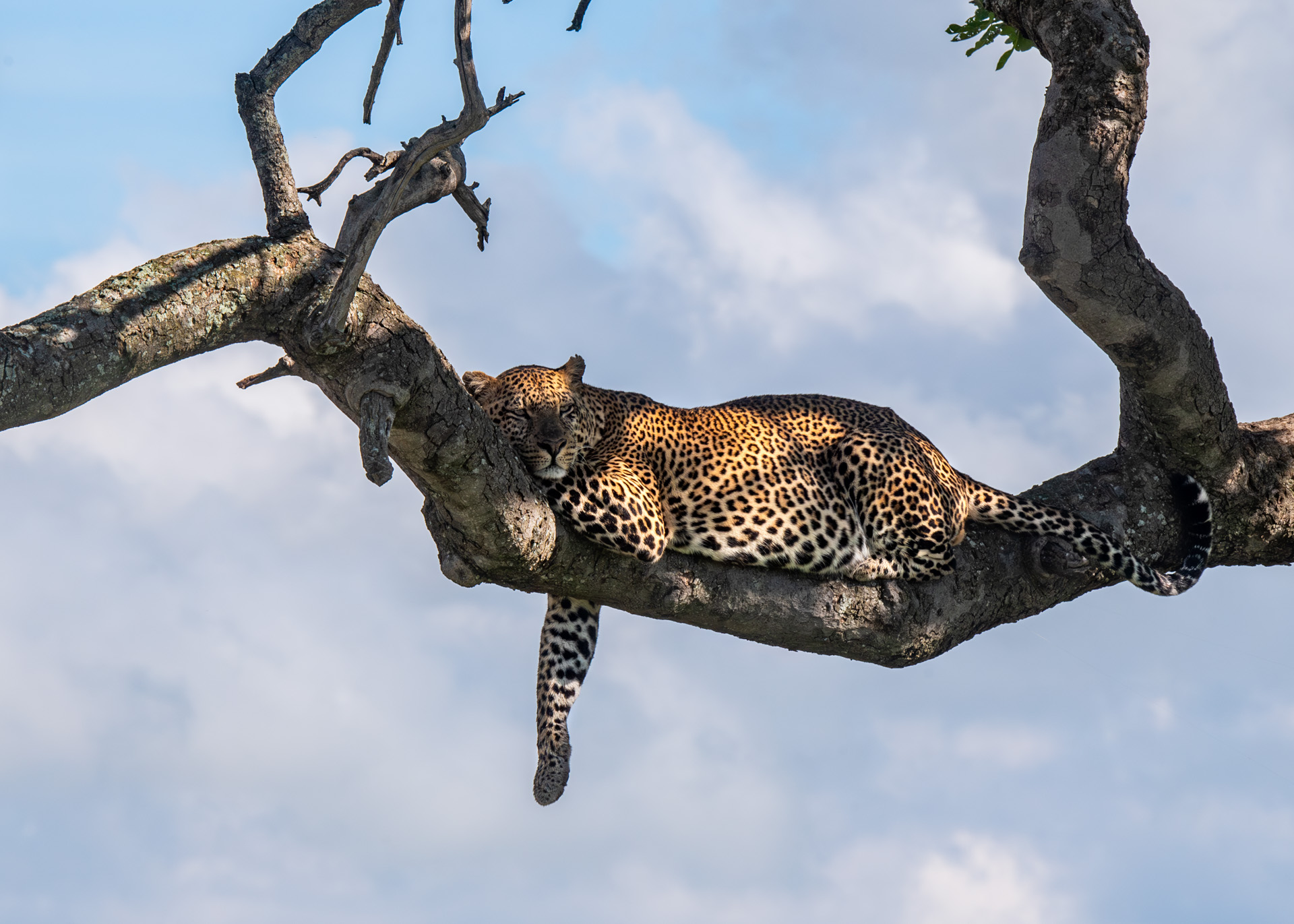
This week, we were treated to an unforgettable experience in the awe-inspiring presence of Craig, one of the renowned Super Tuskers of Amboseli. The opportunity to witness this majestic creature up close has undoubtedly left a lasting mark on everyone's hearts. Craig has become an iconic figure in the world of wildlife photography, captivating the lenses of enthusiasts and professionals alike.
Remarkably, at the age of 51, Craig is one of the oldest Tuskers known to roam Africa, defying the odds and showcasing the remarkable resilience and endurance of these gentle giants. His tusks, which practically sweep the ground, add to the grandeur and magnificence of the African bush elephants.
It's worth noting that African bush elephants possess a unique trait among mammals, as their life expectancy ranges from 60 to 70 years. This longevity is a rarity, similar only to that of whales and humans, who often live for 70 years and above.
My colleague, Charlotte, had the privilege of spending some quality time with Craig, deepening her appreciation for this gentle giant. His presence is a constant reminder of the importance of conservation efforts to ensure that future generations can continue to witness and admire the splendour of creatures like Craig and the unique wonders of the natural world.

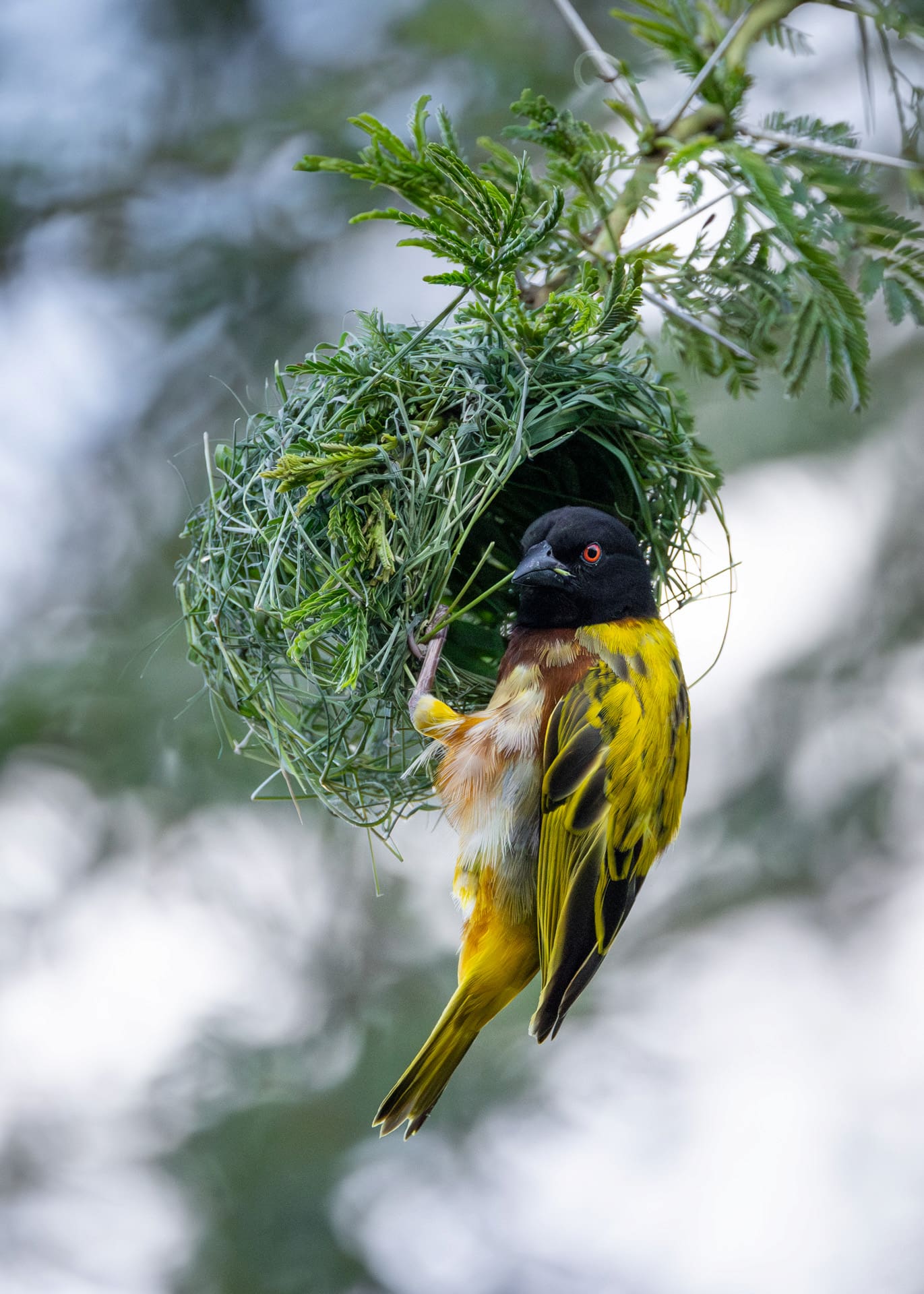
After Jan Allan's exceptional architectural work at Angama Amboseli, his colleagues are tasked with continuing ‘landscaping’. But humans aren't the only builders; weaver birds are truly remarkable in their ingenuity and masterful craftsmanship. One evening, I had the opportunity to observe a dozen of these incredible birds constructing their new nests. Thanks to the recent abundance of rain in the past few weeks, there is now an ample supply of fresh grass, which serves as the perfect building material for the weaver bird nests. Typically, the males are responsible for the construction, while the females play the role of quality inspectors. The male who builds the most appealing nest earns the admiration of the females — a rather charming arrangement for them, I must say.
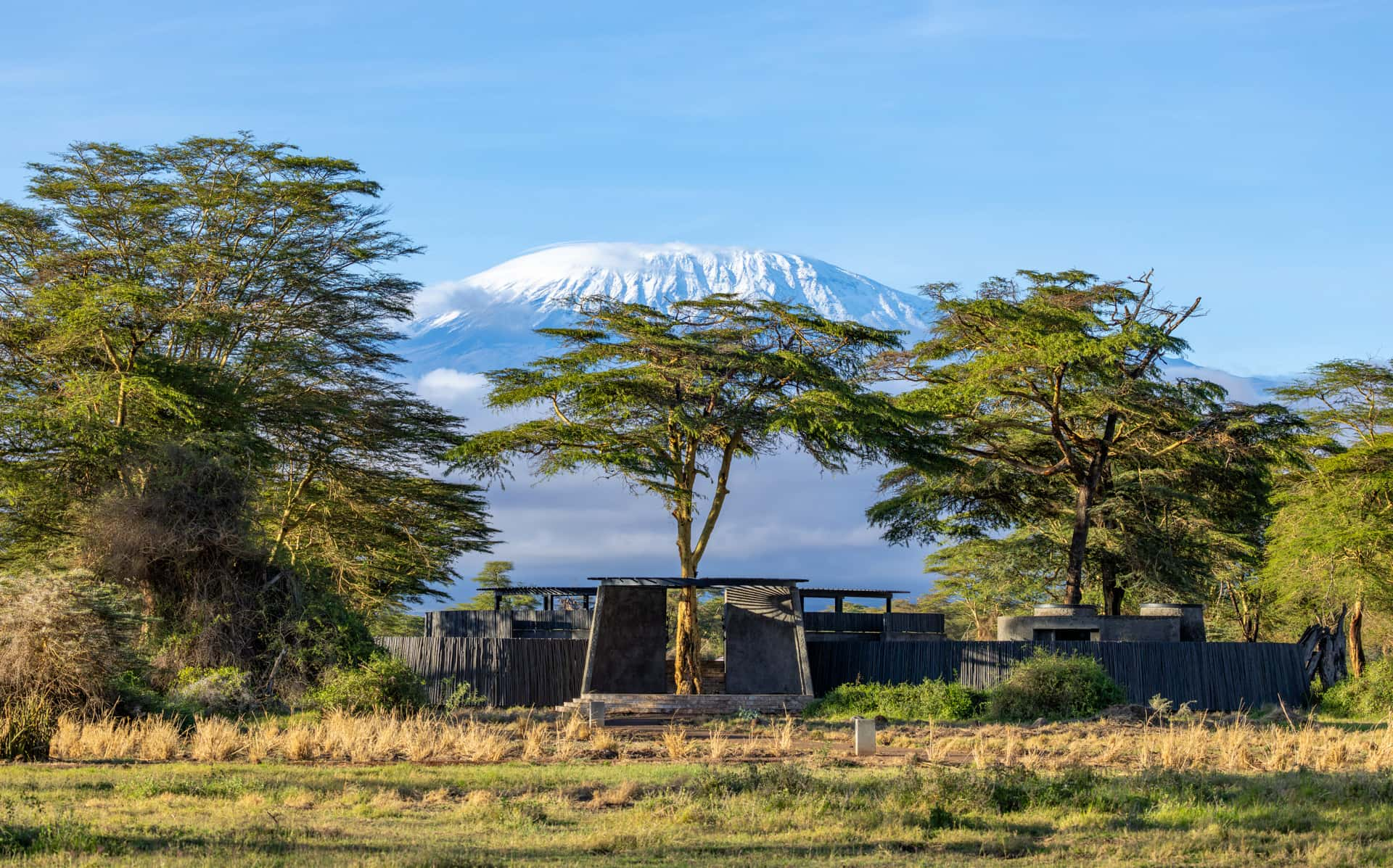
Kimana Sanctuary, home to Angama Amboseli, offers a unique opportunity to observe a wide variety of wildlife species up close. Not too long ago, we were fortunate to witness a captivating season of warthog matings and as nature always operates in a fascinating chain of events, the result has become apparent. With the onset of the short rains, the Sanctuary is now brimming with new piglets. –Sammy Njoroge
The months of October to December bring with them the promise of rain, transforming the landscape into a lush and vibrant environment bringing about a dramatic change in the daily rhythms of life. The forecast for the upcoming months predicts a wetter-than-normal season and this prediction has already materialised across the country. The heavy clouds and thunderous afternoons are indicative of the imminent downpours that nourish the land and contribute to the lush greenery that is now visible in the plains below Angama.
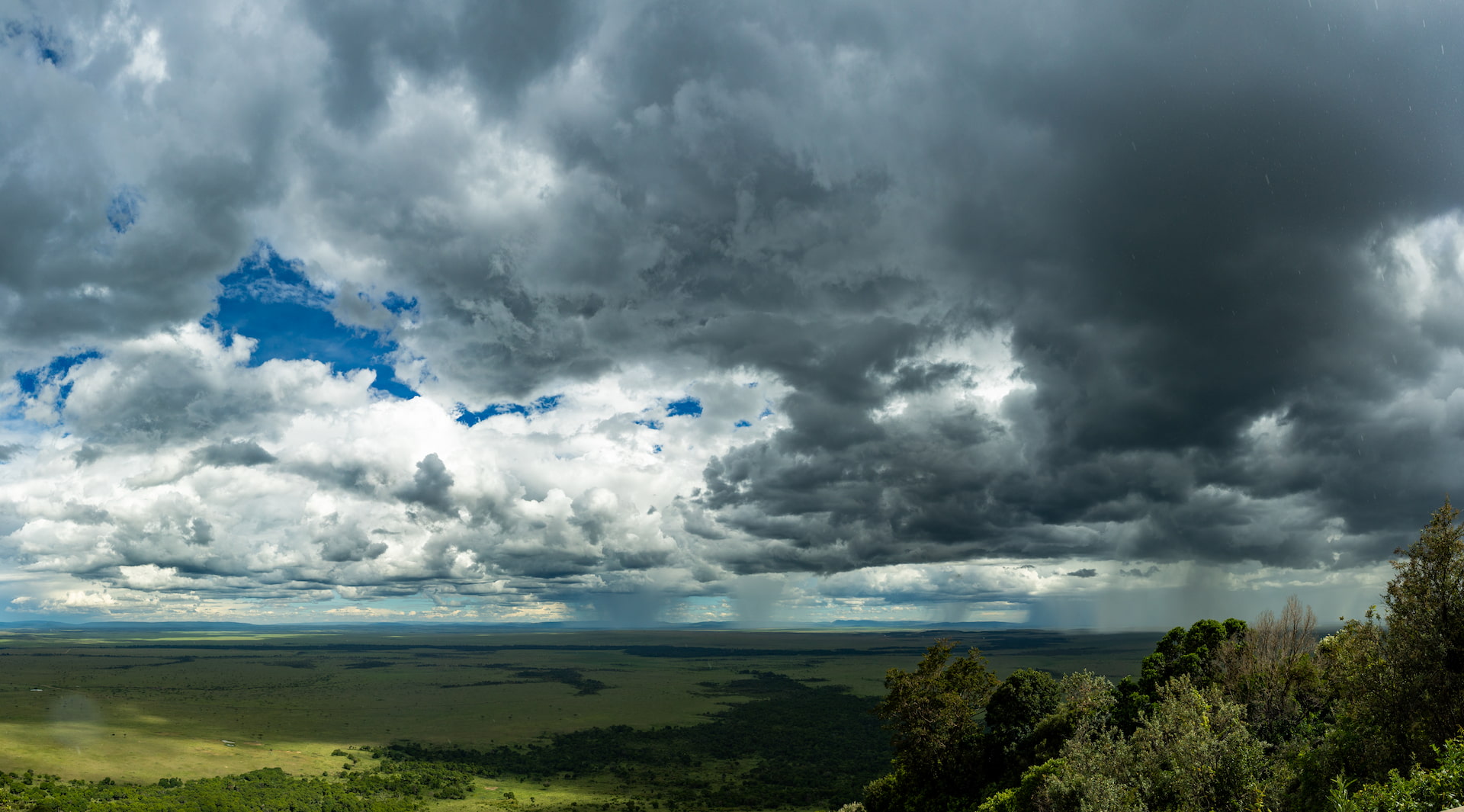
The evenings are often accompanied by plentiful rainfall, setting the stage for the dramatic mornings that follow. The misty provides a captivating backdrop for observing elephants and other animals as they navigate through the transformed landscape. However, poor visibility also poses challenges for prey animals, as they must remain extra vigilant to avoid potential sneak attacks from predators.
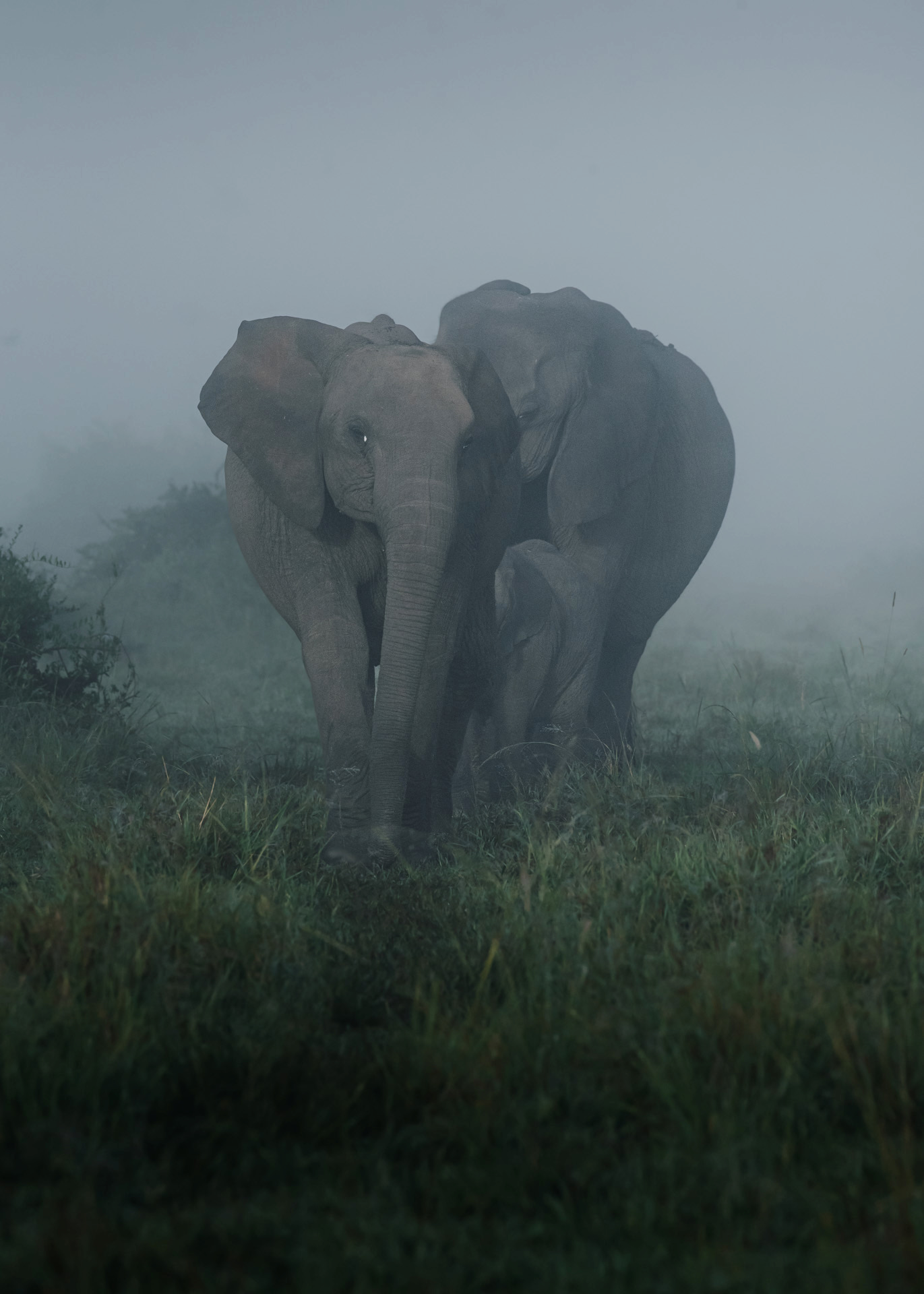
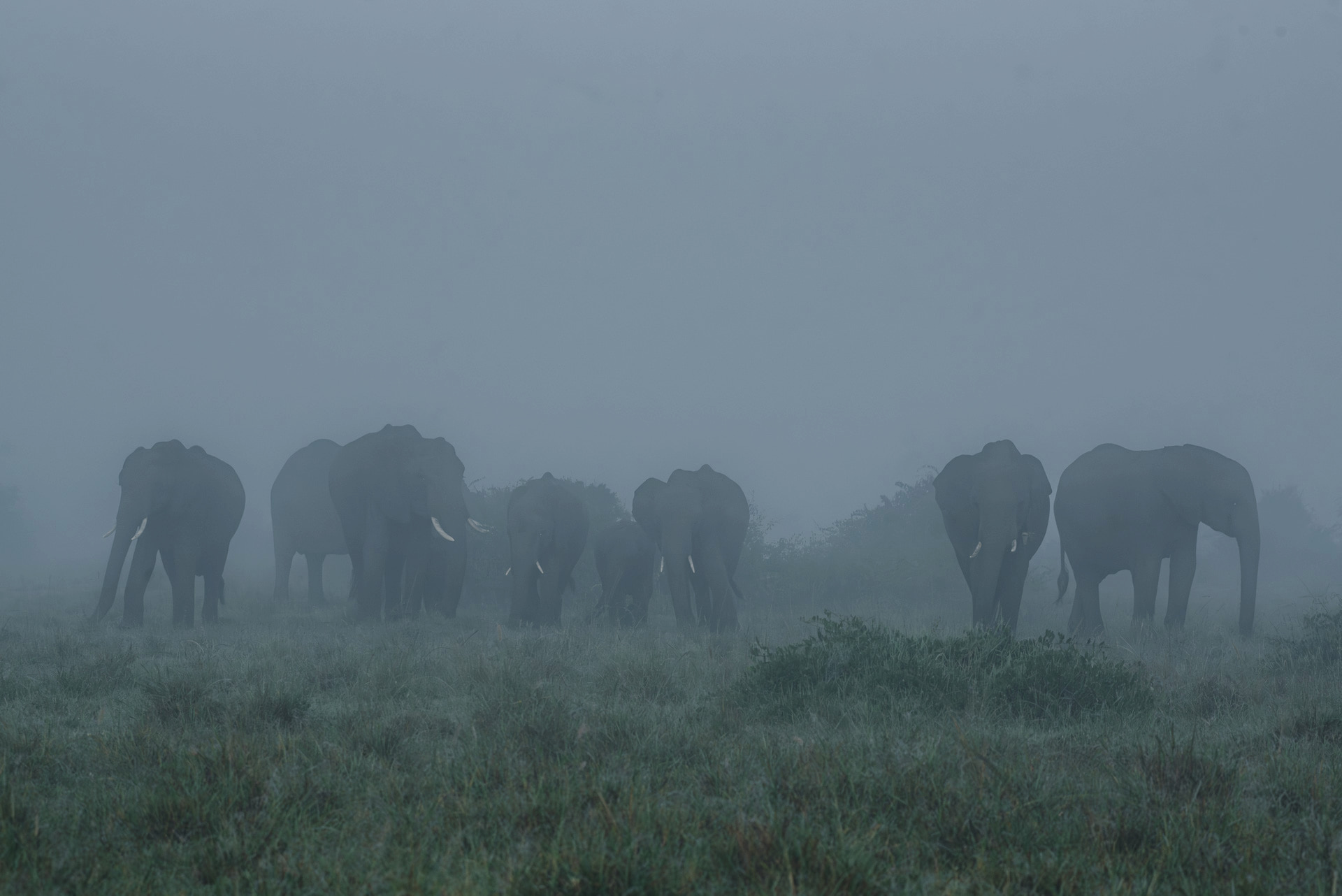
Lions are renowned for their majestic presence and formidable hunting prowess on the African savannah. However, their climbing abilities are often underestimated compared to leopards as they are primarily ground-dwelling creatures. You might come across them climbing the low branches or small trees but it's not common behaviour for them.
A young female from the Border Pride challenged this perception as she put on a show for guests, demonstrating her climbing skills. Despite the common belief that lions are not adept climbers, this lioness was sighted effortlessly ascending a particular sausage tree on multiple occasions when seeking shade for the pride.
The Salt Lick male, a most photogenic leopard, also made an appearance this week in his namesake area, sparking joy after months of not seeing him. This revered figure in the Triangle represents the epitome of strength, grace and survival in the face of numerous challenges. His recent sighting, with a visibly healthy and satiated appearance, has brought some celebration and optimism for these shy and elusive cats. –Robert Sayialel
Filed under: This Week at Angama
Subscribe for Weekly Stories
Comments (0):

The Angama Shamba